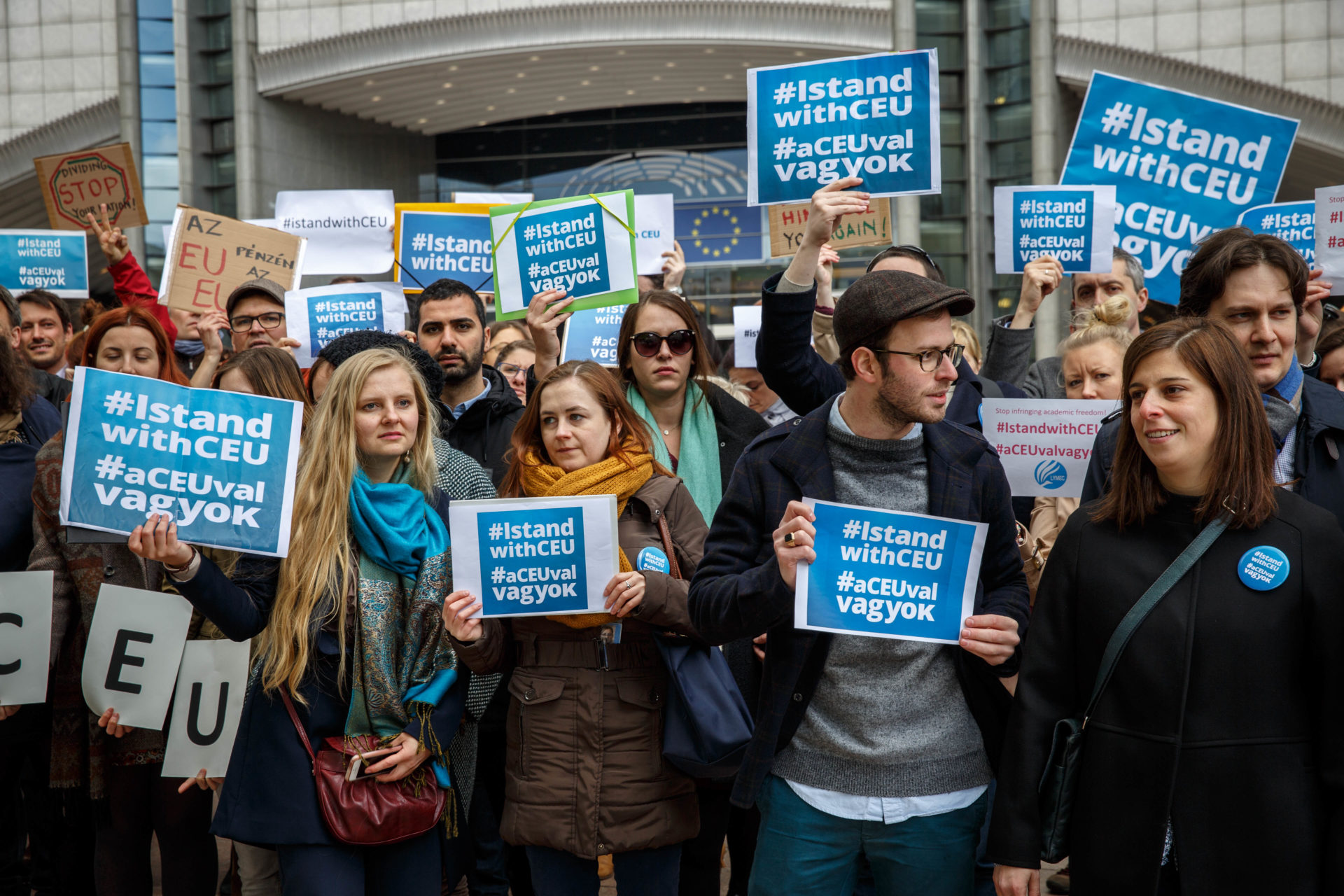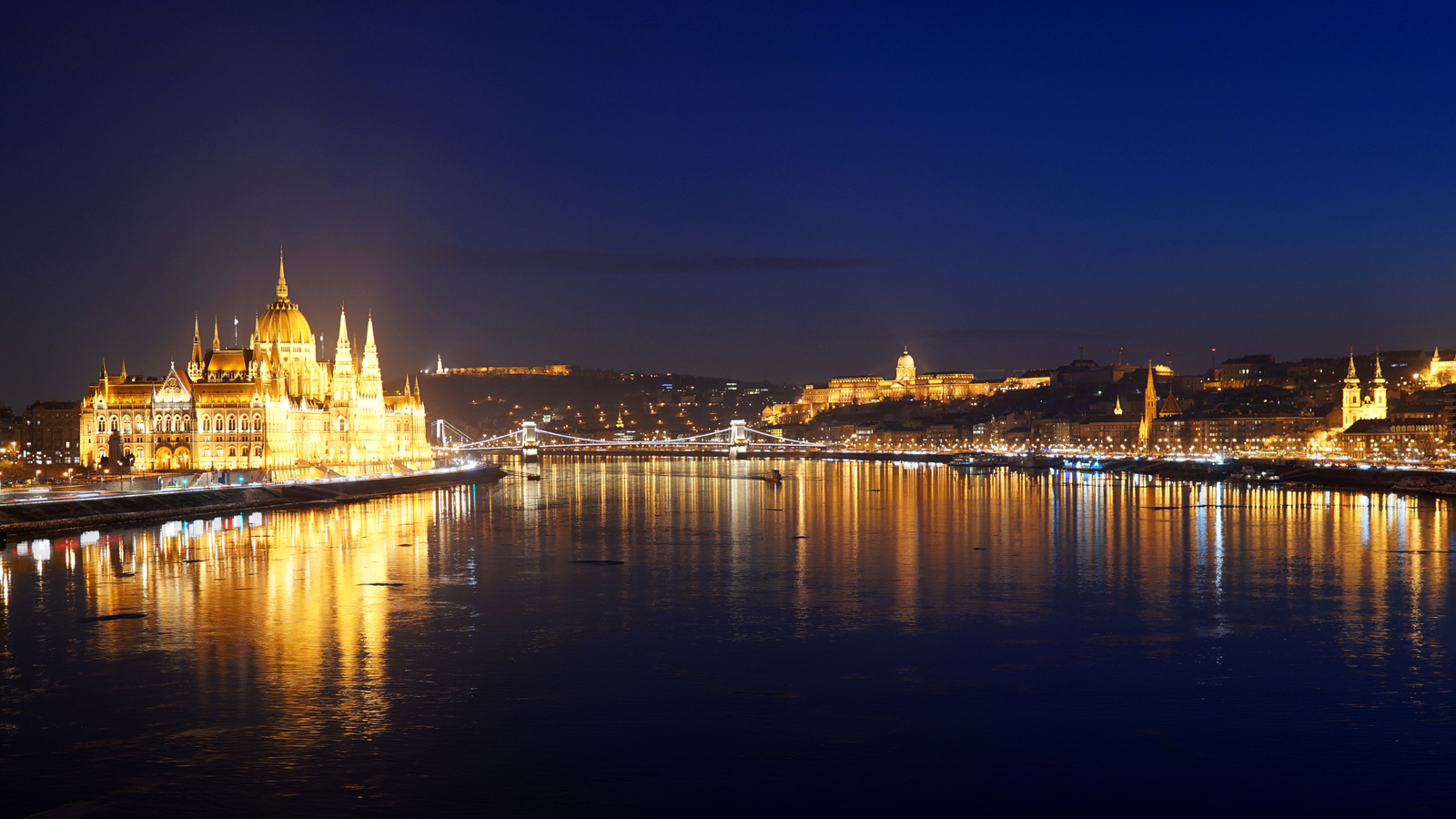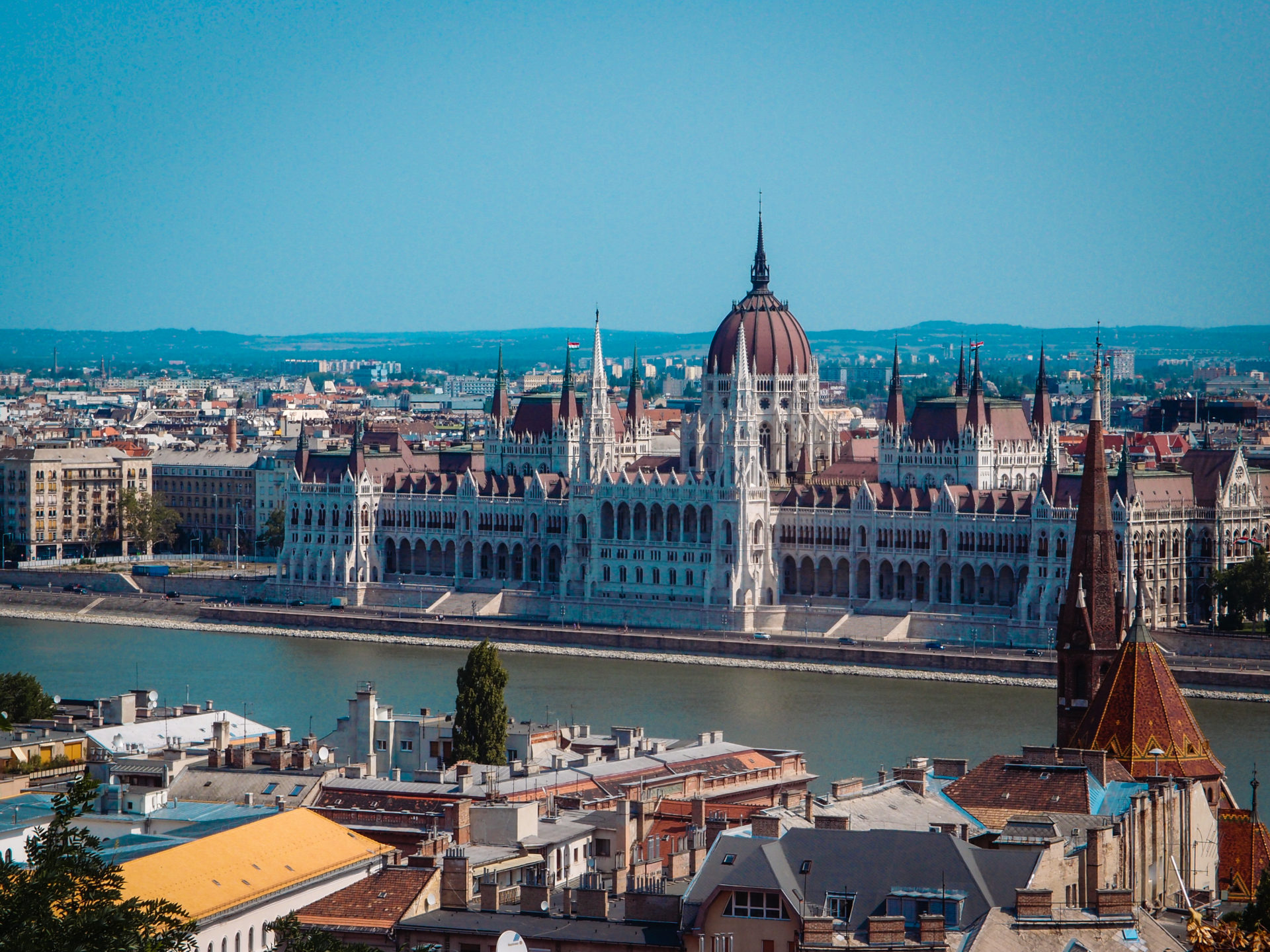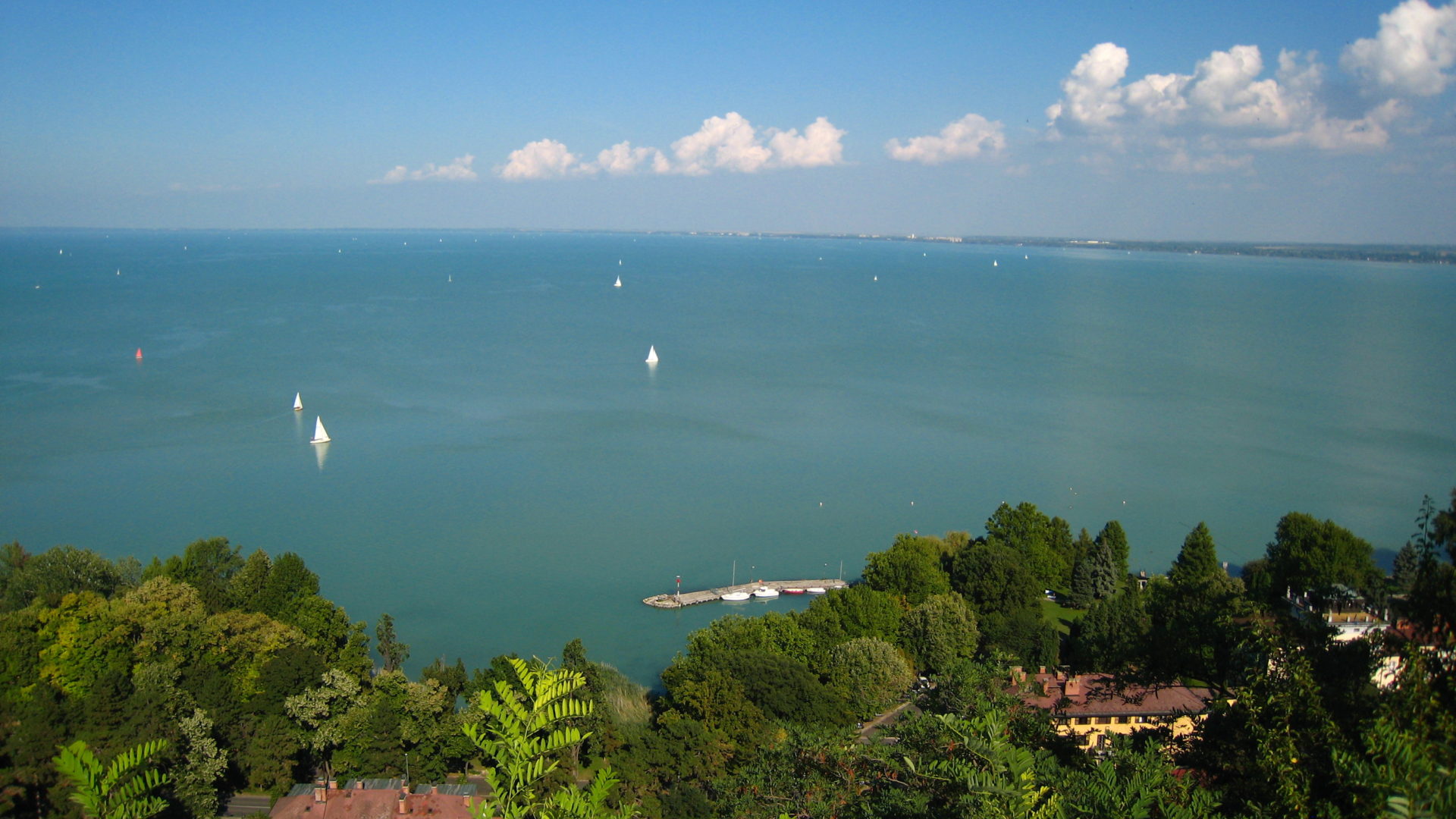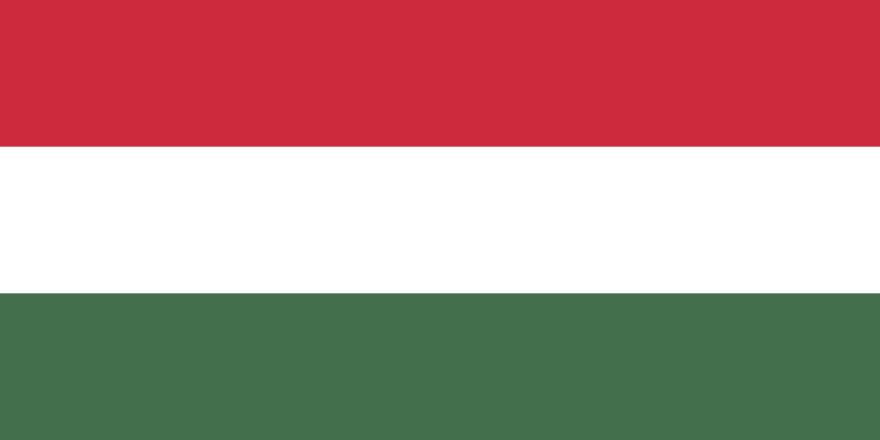
Hungary
- Governance: Republic
- Capital: Budapest
- Population: 10 million
- Religion: Christianity
- Language: Hungarian
- Location: Central Europe
- Democracy index: Free, 72/100
Despite the fact that Hungary is not a typical travel destination for beach holidays, the bathing culture is strong. The country is known for its many baths, hot springs and long beaches around Lake Balaton. However, the capital Budapest has become a popular destination in recent years. The Danube river divides the city into two. Buda is the oldest district, with narrow streets and alleys as well as a number of architectural gems. On the other side of the river lies Pest, the more modern district. Here the cityscape is characterized by wide streets and avenues. A total of ten bridges tie the two districts together.
The Danube division of Budapest is in many ways a metaphor for Hungary: the country is strategically located in the midst of East and West. After World War Two, Hungary became part of the Soviet sphere of interest. A planned economy and a communist one-party system were introduced. The proximity to the West, combined with the desire for political freedom, led to a smooth democratic transition in the 90’s. The year 2010, however, marked a new period in the country’s history. Hungary’s democratic institutions have been systematically hollowed. Social inequalities increase as the authoritarian regime tightens its grip.
Hungary today
The Fidesz party won the election in 2010, and there was no doubt that they faced a difficult task. Hungary had major challenges, including stagnation in the economy as well as corruption and national debt. At the same time, the extreme nationalist party, Jobbik, gained more support. The people were hoping for Fidesz to reconcile with the past, opening up for a better future.
But Fidesz, with Viktor Orbàn as its leader, led the country in the opposite direction. Hasty changes in the constitution eliminated checks and balances and a number of legislative changes give almost unlimited power to the ruling party. In the recent years, Fidesz has moved farther right than Jobbik. The challenges are tied to the government’s influence over the legislative power and elections, limited freedom of the press and censorship. Also, the continual restriction of civil society and increased intolerance and discrimination against ethnic and sexual minorities are worrying.
NHC and Hungary
The Norwegian Helsinki Committee (NHC) have had a long-term commitment in Hungary, mainly through the monitoring of the human rights situation and the development of democracy. Transitioning from communism to democracy and then to autocracy has had an impact not only on Hungary but also on neighbouring countries. The NHC looks at the developments in Central and Eastern Europe as connected and collaborates with a number of its sister organisations. We identify common features, but also support those who fight against the constant erosion of democratic institutions. The goal is to strengthen local democracy, to support human rights defenders and to raise awareness that human rights concerns us all.
Read more about how we strengthen civil societies here.
History
The area that constitutes Hungary today, was conquered by the Magyars in 896. Around the year of 1000, the Magyars were united into one Christian kingdom under Stephan I, and this is when Hungary’s history begins. Hungary had its golden age during the 14th century. The following centuries, however, were characterized by constant wars and fights against the Turks of the Ottoman Empire. Large parts of the country were conquered by the Ottomans. Hungary later became part of the Habsburg Empire, and from 1867, Hungary was part of the double-monarchy of Austria-Hungary.
Up until World War I, Hungary enjoyed a flourishing period with liberal laws and immigration from several European countries. The end of World War I and the peace treaty from Versailles led to Hungary’s most painful event in modern history: the division of the country and loss of 2/3 of its territory to Czechoslovakia, Romania, Austria and Yugoslavia. This loss still marks the political rhetoric in the country and nationalist movements make claim on the lost territories to this day.
In the 1930s, the influence of the right-wing radicals was on the rise, which later resulted in Hungary joining the Axis powers. Germany’s influence increased. During the Second World War, Hungary fought on the German side, but not all were in support of this. In 1944, a provisional government was formed in Debrecen and declared war against Germany and a ceasefire with the Allies. When the war ended in 1945, Hungary was quickly occupied by the Soviet Union. An important year is 1956 that marked the largest anti-communist protest in Hungary brutally crushed with the help of Soviet troops.The occupation lasted until the end of the Cold War in 1990. Since, Hungary has become member of both the EU and NATO.
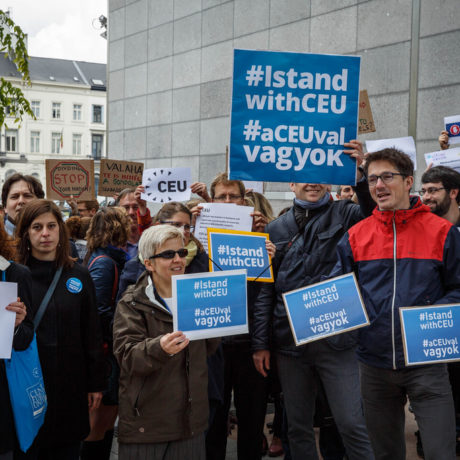



Timeline
- 896: Magyars settle down in what was later became Hungary
- 1000: The Magyars gathered into one kingdom and the country becomes Christian
- 1300s: Hungary’s golden age
- 1699: Becomes part of the Habsburg Empire
- 1867: Becomes part of Austria-Hungary
- 1918: The dual monarchy dissolves
- 1920: Versailles peace agreement and the Trianon agreement
- 1930: Right-wing radicalism, allies with Germany
- 1940: Friendship agreement with Yugoslavia
- 1941: Germany is attacking Yugoslavia and Hungary is forced to join
- 1944: Provisional government in Debrecen on the Allies team
- 1945: Occupied by Soviet Union
- 1956: People’s upheavals with demand for political freedom. Economic reforms are being hit hard by the Soviet Union. 20,000 killed and 200,000 Hungarians fled
- 1989: The Soviet withdraws
- 2010: The Fidesz party with Viktor Orbàn in front, wins the election


